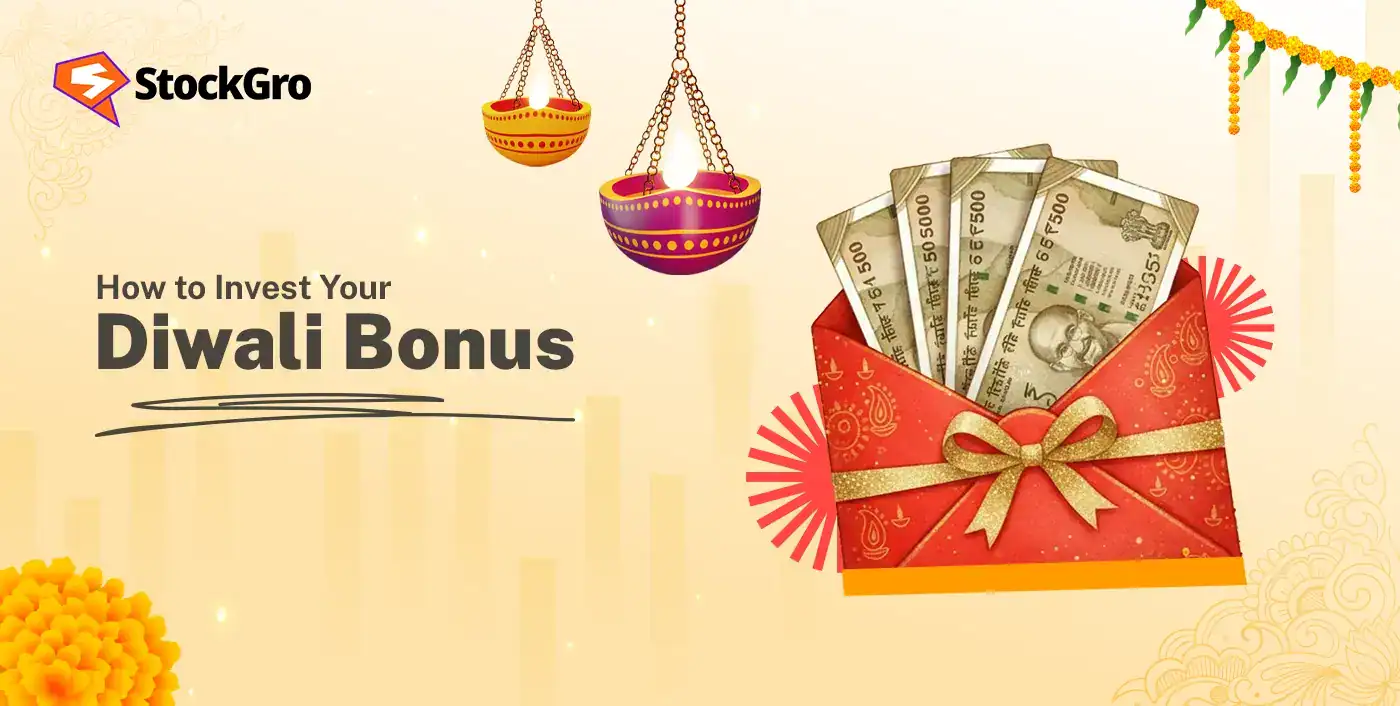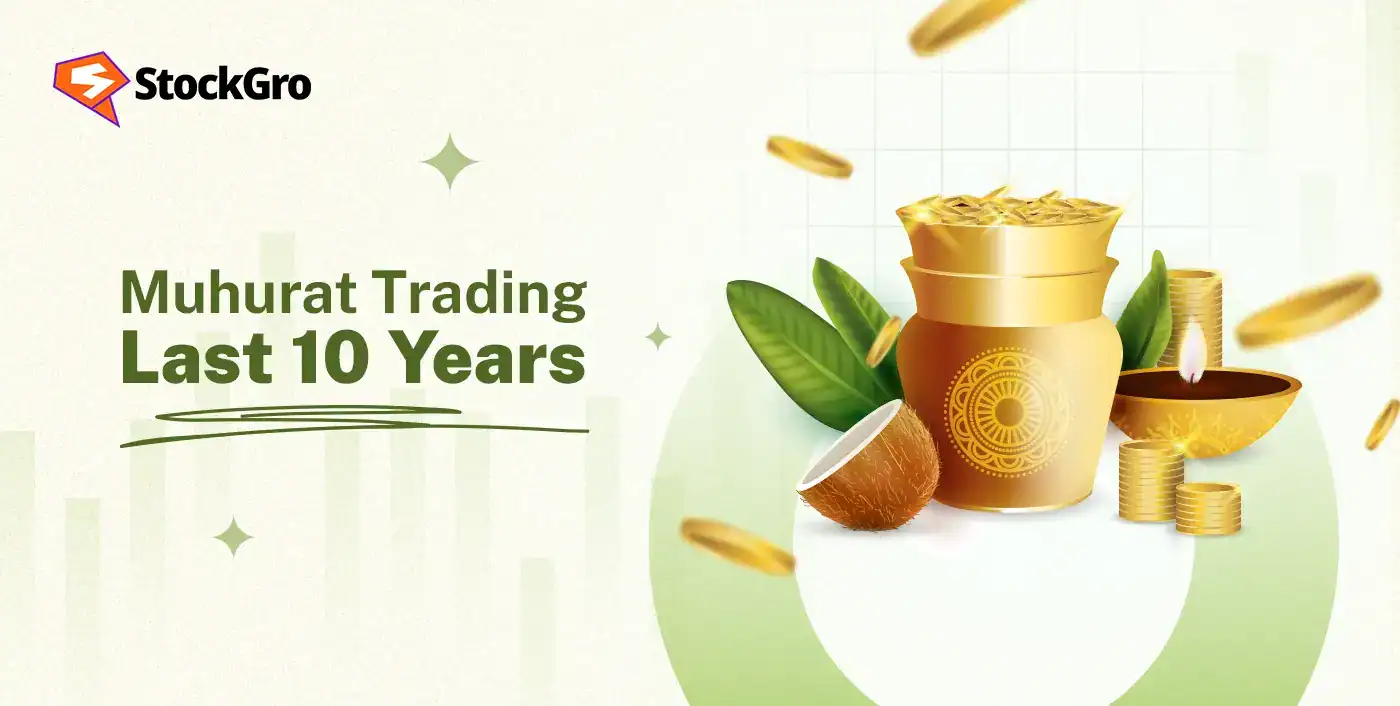
The sort of thing I love is how stock market festivals affect our investments. Research shows markets in India, China, and Brazil will likely grow about 15% yearly for the next twenty years. Market behavior shifts quite a bit during festival season.
Indian festivals, especially Diwali, shake up the stock market’s performance. Investors sell their shares because they need more cash flow, which creates market swings. Studies show that among major festivals, Diwali stands alone in its effect on the Nifty 50 and Nifty Auto index, based on paired sample t-tests. Smart investors can use these market patterns to their advantage.
Some studies point to better returns during Ramadan and Christmas. Yet research using SENSEX data from 2012 to 2022 shows no clear holiday effect in India. These mixed results prove why understanding festival effects is vital to building your investment strategy. Markets worldwide often rise on the last trading day before holidays – known as the “holiday effect.” Indian markets tell a different story with varied outcomes.
This piece helps you learn about the links between cultural celebrations and market shifts. You’ll be ready to make smarter investment choices as festivals approach.
The psychology of festivals and market sentiment
Festivals reshape the scene beyond cultural calendars and change investor psychology by a lot. Investor sentiment has a deep influence on financial markets. Emotions, fear, and optimism are powerful forces that drive market volatility. The way psychology and markets connect creates the sort of thing I love to learn about when planning investment strategies.
Festivals tend to boost investor psychology naturally. Research shows investor sentiment goes up when trading sessions move into holiday periods. Experts call this the “therapeutic effect” of holidays. This optimism shows up in real market activity, especially when you have spiritually-rich countries like India.
To name just one example, see Diwali, where people call it auspicious to invest at the start of the Hindu new year. Stock exchanges run special Muhurat trading sessions during this holiday. Studies show stock prices get unusually high returns before and after this ritual. The “Santa Claus Rally” works the same way – U.S. stocks gain about 1.5% during the last five trading days of December and first two days of January.
These patterns come from real shifts in psychology. Festival periods create more volatile markets and better opportunities. Market volumes drop while volatility rises because institutional investors take time off. This leaves retail traders, who tend to stay more bullish, to drive the markets.
The festival season’s impact on market psychology gives investors a great way to get timing advantages for strategic moves.
Beyond sentiment: Real economic forces at play
Festivals do more than just affect our minds. They create major economic activity that drives markets directly. Indian festive seasons generate ₹12-14 lakh crore in total consumer spending. These numbers show real market forces at work.
The festival period brings remarkable growth to specific sectors. Auto stocks have led recent market rallies with 15-30% growth for individual companies. Maruti Suzuki reached new heights with a 26% jump in just one month. The auto sector’s market value grew by nearly ₹1 lakh crore during this time.
Retail businesses see their sales soar. The retail trade reaches ₹1-2 lakh crore in festival seasons. This adds by a lot to yearly economic growth and helps keep markets stable. A single festival like Durga Puja makes up 2.58% of West Bengal’s GDP.
Economic studies prove that festivals boost total demand. The RBI notes that “festival demand picks up pace and consumer confidence improves”. Live indicators show that economic activity bounced back from earlier slumps, “aided by strong festive demand”.
Some studies might not show clear statistical proof, but broader economic data proves that festivals create real economic value—beyond just changing market sentiment. Companies in different sectors report 30-40% of their yearly sales during festival periods. These economic forces affect stock performance through better corporate earnings and sector growth.
How to invest smartly during festival seasons
Smart investors can gain a significant edge by timing their market entry during festival seasons. Festival periods open up unique opportunities that savvy investors can use to their advantage.
Muhurat Trading: The auspicious one-hour trading session on Diwali marks a perfect time to start new investments. Market data shows that standard indices typically gain positive momentum during this period, which attracts both experienced and new investors alike.
Pre-Holiday Strategy: Research shows that markets yield higher returns on pre-holiday trading days—often exceeding normal trading day returns by more than tenfold. Investors should look into stocks that usually rise due to pre-holiday optimism.
Managing Festival Volatility:
- Market liquidity drops before holidays, so reduce your position sizes
- Protection against post-holiday gaps needs stop-loss orders
- Your portfolio should include sectors that traditionally boom during festivals – consumer goods, apparel, and jewelry
Sector-Specific Focus: Festival seasons push retail trade up to ₹1-2 lakh crore. Banking, real estate, and consumer goods sectors usually present great buying opportunities during this time.
Festival season investments need careful planning. Set up a dedicated investment fund for festival opportunities and review your financial goals and risk tolerance well in advance.
Do you need help with your festival season investment strategy? Stoxo offers tailored guidance to time your festival-related investments perfectly.
Conclusion
Festival seasons mean much more than just cultural celebrations – they create distinct patterns in market behavior that smart investors can use to their advantage. Our research shows how festivals shape investor psychology and drive economic forces. When festival spending generates ₹12-14 lakh crore in consumption, these periods deserve special attention in your investment strategy.
The festive spirit lifts market sentiment and boosts real economic activity in sectors like automotive and retail. This creates unique trading windows that perform differently from regular periods. Muhurat Trading during Diwali and the pre-holiday momentum have proven to be strategic entry points that tend to yield better returns.
The festival period brings higher volatility and needs careful planning. You can capture potential gains while managing risks by focusing on sectors that typically surge during festivals and sizing your positions well. Each festival has its own unique pattern that helps predict market movements ahead of time.
Smart festival-season investing needs both planning and adaptability. These cultural celebrations create economic waves that ripple through consumer goods to banking stocks. Do you have questions about festival-related investments for your portfolio? Stoxo can give you guidance that fits your specific goals.
Market patterns during festivals might look complicated at first. The insights here give you the tools to use these seasonal changes to strengthen your investment strategy. Markets never stop trading, but knowing how they react to festivals gives you an edge in your investment trip.
Key Takeaways
Understanding the relationship between festivals and stock markets can significantly enhance your investment strategy and timing decisions.
• Festival psychology drives real market gains: Investor optimism during celebrations like Diwali creates measurable returns, with special Muhurat trading sessions showing historically positive momentum.
• Economic impact reaches ₹12-14 lakh crore: Festival seasons generate massive consumption spending, particularly boosting auto, retail, and consumer goods sectors by 15-30%.
• Pre-holiday trading offers superior returns: Markets typically show gains 10x larger than normal on trading days before holidays, creating strategic entry opportunities.
• Sector rotation strategy works: Focus on consumer-facing industries during festivals, as 30-40% of annual sales occur during these periods across multiple sectors.
• Volatility management is crucial: Reduce position sizes and set stop-losses before holidays when liquidity decreases and retail traders dominate market activity.
The key to festival-season investing lies in preparation—understanding these patterns allows you to capitalize on cultural celebrations while managing the increased volatility that comes with holiday periods.
FAQs
Festivals can significantly influence stock market performance. During festive seasons, there’s often increased demand for cash flow, which can lead to investors selling shares and causing market fluctuations. Some festivals, like Diwali, have been shown to have a notable impact on specific indices such as the Nifty 50 and Nifty Auto index.
Muhurat Trading is a special one-hour trading session held on Diwali by Indian stock exchanges. It’s considered an auspicious time to start new investments, and historically, benchmark indices have shown positive momentum during this period. Many investors, both seasoned and new, participate in this unique trading session.
Investors can capitalize on festival-related market trends by focusing on sectors that traditionally surge during festivals, such as consumer goods, apparel, and jewelry. It’s also advisable to consider increasing exposure to stocks that typically benefit from pre-holiday optimism, as markets tend to exhibit higher returns on trading days before holidays.
Festivals create substantial economic activity that directly influences markets. In India, the festive season generates between ₹12-14 lakh crore in total consumption spending. This leads to measurable growth in specific sectors, particularly auto stocks and consumer-facing industries, which can see dramatic sales increases during festival periods.
During festival seasons, investors should consider reducing position sizes before holidays when liquidity typically decreases. Setting stop-loss orders can help protect against post-holiday gaps. It’s also wise to diversify across sectors that traditionally benefit from festival spending. Creating a separate investment fund specifically for festival opportunities and evaluating financial goals and risk appetite beforehand is recommended.

